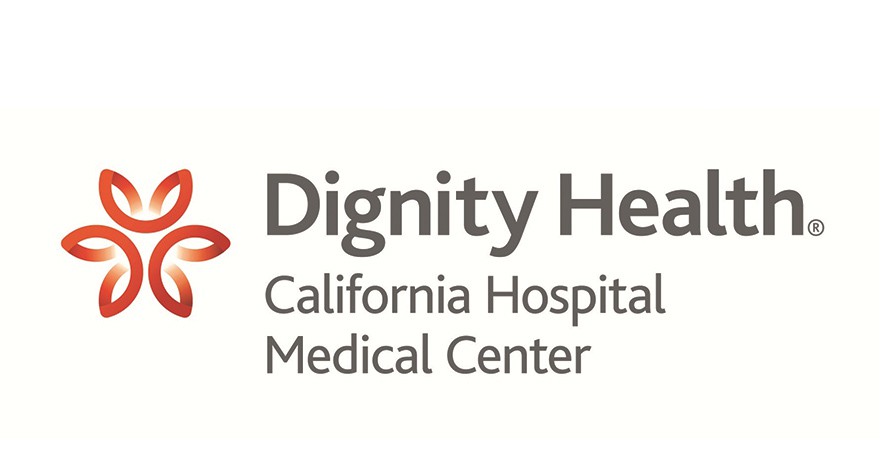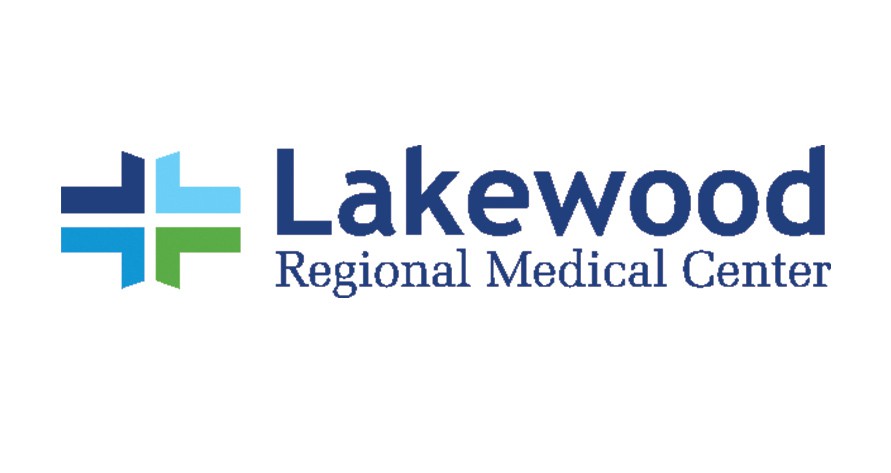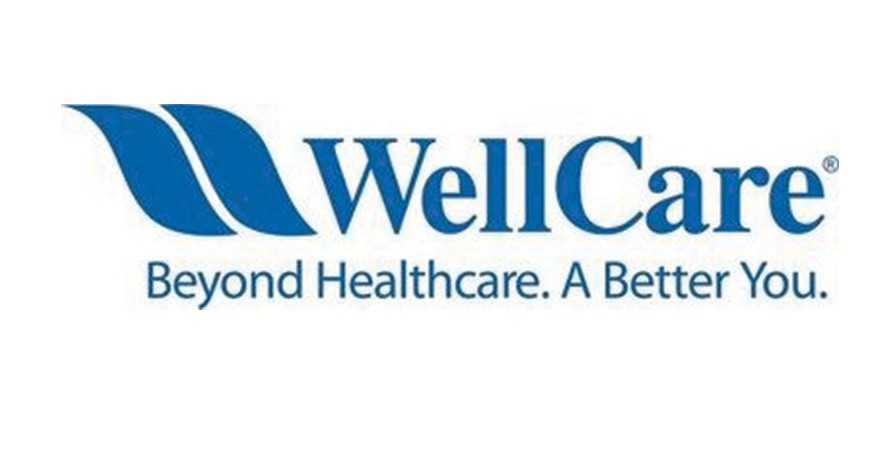Venous Reflux Disease
Lower extremity veins have small bicuspid (trap door) valves, encouraging a forward flow of the blood at all times. These valves are crucial to these veins' function and keep pressure low within the lumen of the veins. If these valves do not close properly, the blood will leak across retrograde. The segments below the compromised valve will accommodate more volume of blood. Over time, increased pressure within the veins will lead to dilation and distortion of their appearance as well as their branches. In the lower extremities, venous hypertension caused by reflux disease leads to the vein pressure rising above the low normal, which in turn will lead to backing of the venous blood flow and congestion of the tissue where the vein is draining from.
These symptoms can vary from leg and foot swelling, heaviness, deep muscle pain, skin irritation, to wound formation. Patients experience gradual worsening of their symptoms toward the end of the day. These symptoms are usually exacerbated with prolonged ambulation, obesity, heart disease, or pregnancy in female patients. Other medical conditions can also augment venous insufficiency, particularly liver cirrhosis, renal failure, or cardiopulmonary disease. Careful history taking, physical exams, and imaging can help physicians develop a proper treatment plan for patients with venous reflux disease. Imaging with venous duplex ultrasound is the primary mode of diagnosis for venous reflux disease. Venous ultrasound can view the valves and measure the direction of flow across them. An ultrasound can show with high accuracy if there is reflux within the vein valves. Venous duplex is the most common study ordered by practitioners across the world to diagnosed vein disease. The venous duplex ultrasound for reflux disease is done in two steps. The first step is to view the deep and superficial veins and make sure there are no blood clots within their lumen. The second step is to check for reflux across the valves. This primary treatment for venous reflux disease is an invasive procedure.
The most commercially available non-surgical methods are endovenous radiofrequency ablation (EVRFA), endovenous laser vein treatment (EVLT), mechanochemical ablation (MOCA), or chemical foam ablation. With EVRFA and EVLT methods, the heat is generated to intentionally burn the vein's inner wall, triggering clot formation within the diseased vein's lumen. Since the heat generated within the vein can be transferred to the adjacent structure(s) such as the nerve and cause injury, a large volume of saline mixed with numbing medication (e.g., lidocaine, sodium bicarbonate with epinephrine) is injected around the vein with multiple needle punctures connected to an injector pump, slows down the transfer of heat to the adjacent structures and also numbs the vein for patients' comfort. Patients undergoing EVRFA or EVLT require moderate sedation to tolerate the procedure. Since there is epinephrine in the injected solution, patients may feel their heart is racing shortly after the procedure. Sometimes, the volume injected can reach as much as one liter, creating edema and forcing patients to take several days off from their daily routines. From my personal experience here in Los Angeles performing these procedures and caring for our patients afterward, I find the endovenous ablation with heating to be the most painful non-surgical method to treat the veins, with the longest downtime, of all non-invasive methods, unlike commercially advertised by many manufacturers or large practices.
MOCA is a less invasive method, requiring only one skin puncture with a tiny size sheath. The commercially available devices essentially constitute a wire within a plastic cover connected to a motor in one end and an angled non-traumatic tip. The device is introduced into the vein, and upon the physician's command, it starts to rotate with high RPM within the lumen of the vein. The tip of the wire agitates the lumen of the vein; simultaneously, there is a catheter around the wire that injects the sclerosant into the vein.
The combination of mechanical trauma mixed with the sclerosants' detergent property triggers the clotting cascade within the blood inside the vein. The treatment goal is to create a blood clot in the entire treated segment of the vein. The clot will harden and prevents any flow within the vein; hence there will be no reflux into the varicose veins. The varicose vein will either collapse immediately or fill up with blood clots and scar over time. This process may take up to three to six months to completely take effect, but immediate results can be seen as early as two to three weeks after the procedure is done. Since no heat is used, there will be no need to inject the leg with saline fluid, and patients can walk without feeling any difference in their legs. Most patients resume their daily activities soon after the procedure. The last method is to simply access the vein with an Intravenous (IV) line and inject a mixture of sclerosant foam (mixed with CO2), into the vein, under ultrasound guidance. Once again, this is almost the same concept as MOCA, except that the inner vein is not mechanically agitated. Only the chemical sclerosing agents are used in the form of CO2 foam to increase their contact with the vein's inner lumen. The most common complication of venous ablation therapy is local inflammation and tender. The less common complication of venous ablation is DVT which can occur in up to 3% of patients. If DVT is diagnosed after the venous ablation then, the patient will be treated with anticoagulation medication for six months.
At Aurses Healthcare's office, We provide a comprehensive screening using the latest ultrasound technology.
Read More
Share This Page
Do you need help? Just book an appointment
Kindly schedule an appointment using our appointment system
located on the top menu or contact our office directly at (562)-435-0862.
LEARN MORE ABOUTOUR AFFILIATES
For a comprehensive list of relations with all health care institutions, Insurance and facilities please visit our affiliates section of our website.




